The Ausangate trek offers adventurers a unique experience in the majestic Peruvian Andes. Surrounded by stunning landscapes and vibrant regional culture, this trek not only presents physical challenges but also rewards with panoramic views of snow-capped peaks, turquoise lakes, and captivating biodiversity.
- Frequently Asked Questions by travelers about the Ausangate trek
- How long does it take to complete the Ausangate trek?
- What is the best time of year to do the Ausangate trek?
- What level of physical fitness is required for the Ausangate trek?
- Is it necessary to hire a guide for the Ausangate trek?
- What essential equipment should I bring for the Ausangate trek?
- Are there accommodation options along the way or is camping necessary during the Ausangate trek?
- What is the climate like during the Ausangate trek?
- What kind of wildlife can I expect to see during the Ausangate trek?
- What are the recommendations for altitude acclimatization before the Ausangate trek?
- Can other tours or activities be done near Ausangate after the trek?
- What is the difficulty of the Ausangate trek compared to other treks in the region?
- You Might be interested in:
Proper preparation is key to fully enjoying the natural and cultural wonders of this adventure. From acclimatizing to the altitude to choosing the right gear, every detail matters in preparing to explore the ancient trails leading to Apu Ausangate, the sacred mountain of the Andes.

Frequently Asked Questions by travelers about the Ausangate trek
These questions will provide you with a comprehensive guide to prepare adequately for the Ausangate trek in Peru.
How long does it take to complete the Ausangate trek?
The time needed to complete the Ausangate trek depends on the chosen itinerary and the trekker’s physical condition. Generally, the full trek around Mount Ausangate lasts between 4 to 7 days. This period includes time for walking the planned daily distances, acclimatizing to the altitude, and enjoying the natural and cultural landscapes along the way.
What is the best time of year to do the Ausangate trek?
The best time to trek Ausangate is during the dry season in the Peruvian Andes, typically from May to September. During these months, you can expect mostly sunny days and milder nights, providing more stable and favorable weather conditions.
It’s important to avoid the months from December to March, which are the rainiest and can make trekking challenging due to slippery trails and unpredictable weather.
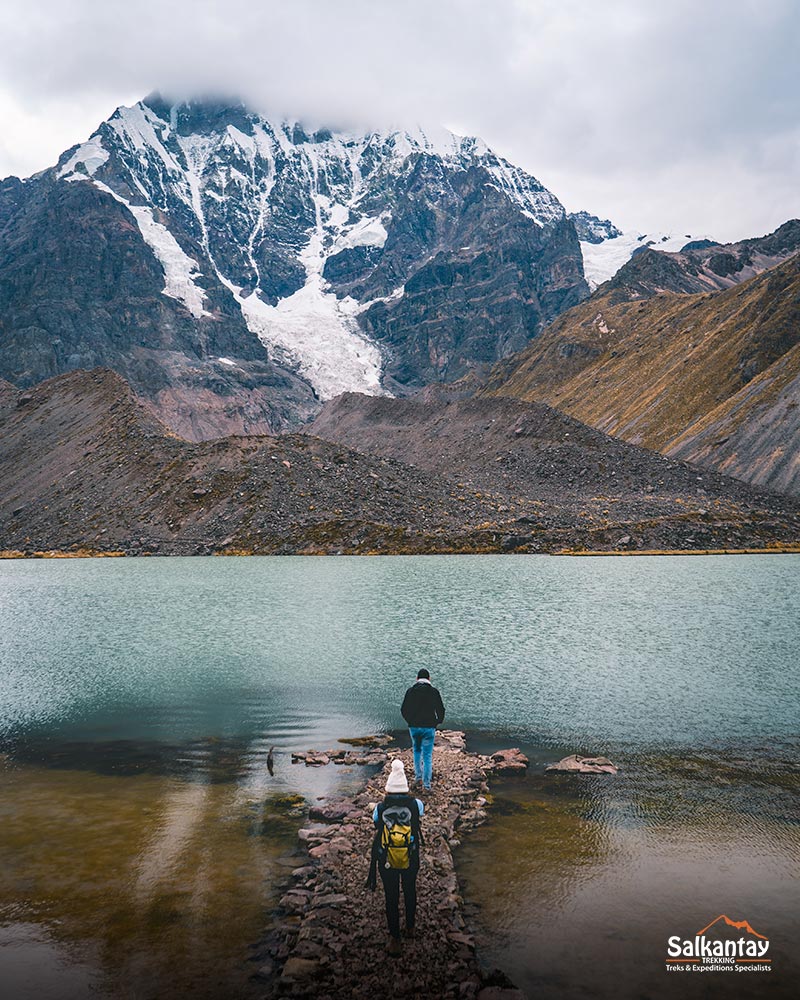
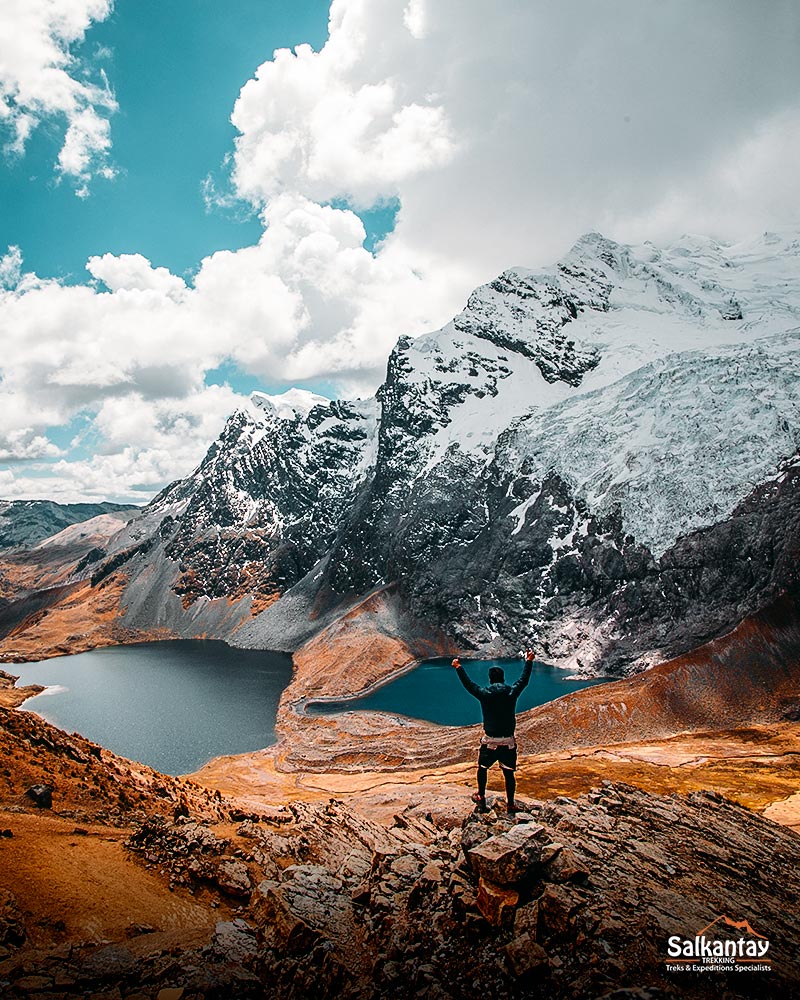
What level of physical fitness is required for the Ausangate trek?
Successfully completing the Ausangate trek requires a moderate to high level of physical fitness. The trails are demanding and vary in terrain, including steep ascents and descents, as well as long walks at high altitudes.
It’s advisable to be in good physical shape, capable of walking several hours a day. Pre-training with long hikes and cardiovascular exercises can help improve endurance.
Is it necessary to hire a guide for the Ausangate trek?
It’s not strictly necessary to hire a guide for the Ausangate trek, but it’s recommended especially if you are unfamiliar with the area or lack previous experience in high-altitude trekking.
A local guide will not only provide expert guidance on the route and safety but will also enrich the experience with knowledge about local culture, flora, and fauna. Moreover, guides can be crucial in emergencies or unforeseen situations in a natural and remote environment like Ausangate.
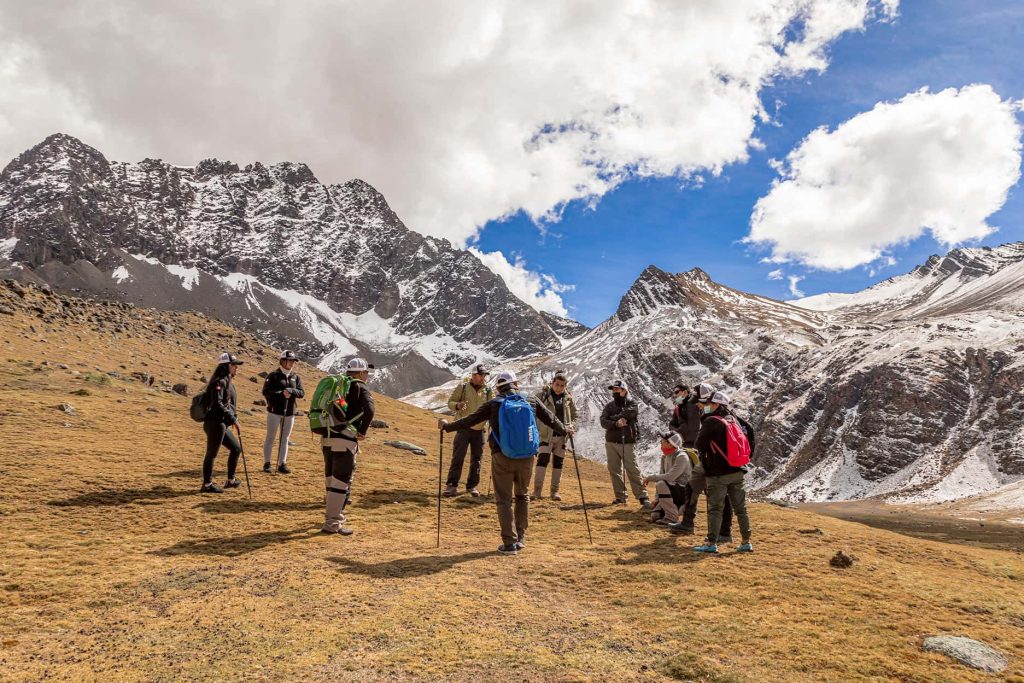
What essential equipment should I bring for the Ausangate trek?
For the Ausangate trek, it’s essential to bring the right equipment to ensure your comfort, safety, and readiness for the various weather and geographic conditions you’ll encounter in the region. The following gear will help you face the challenges of the trek with confidence and fully enjoy this unique experience in the Peruvian Andes:
- Suitable footwear or sturdy and comfortable hiking boots
- Durable and comfortable backpack
- Appropriate clothing (layers of lightweight and breathable clothing to adjust to temperature changes)
- Sleeping bag
- Headlamp or flashlight
- Sunscreen and insect repellent
- Water bottle or hydration system
- Personal hygiene items
- Food and snacks
- Map and compass or GPS
- Personal medications
- Camera or device for capturing photos and videos
Are there accommodation options along the way or is camping necessary during the Ausangate trek?
During the Ausangate trek, there are generally no formal accommodation options along the route. Therefore, most trekkers choose camping as the main form of lodging during the journey.
It’s advisable to bring your own camping equipment, including a tent, sleeping bag, and sleeping pad, to ensure comfortable and protected rest during the nights. Usually, these items are provided by agencies within their packages.
In certain strategic areas of the trek, especially near local communities, there may be limited options for basic accommodation in family homes or small inns. However, these options are less common and not as readily available as in more touristy destinations in the region.
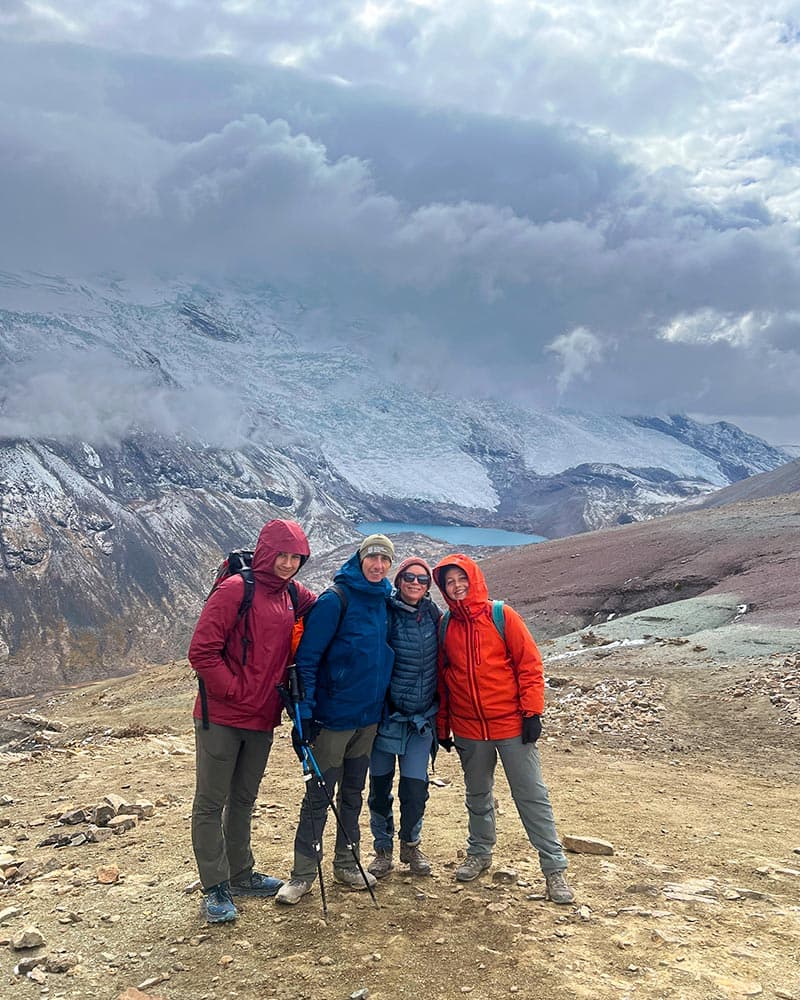
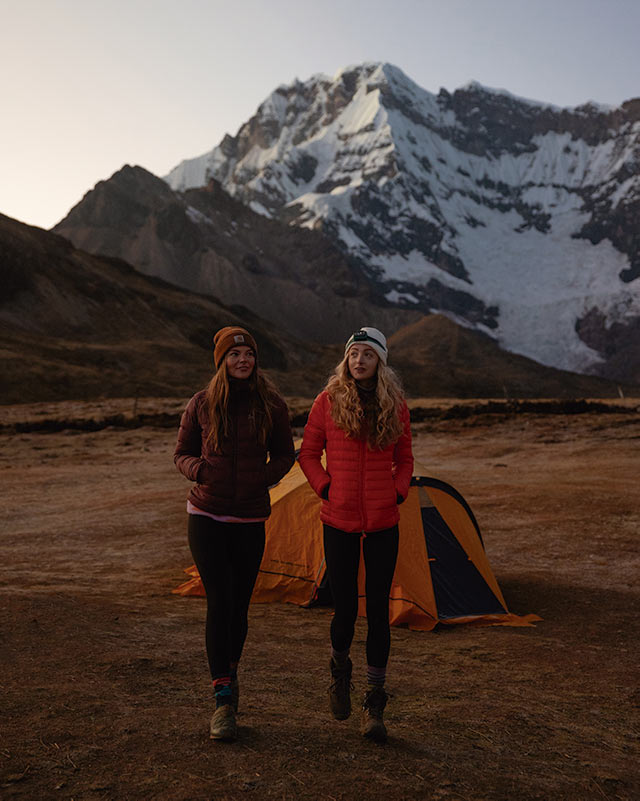
What is the climate like during the Ausangate trek?
The climate during the Ausangate trek varies considerably due to the altitude and geographical location in the Peruvian Andes.
Variety of Climates: During the trek, you will experience a variety of climates due to the different altitudes along the route. From low valleys to high mountains, the weather can change dramatically within hours.
Day and Night: During the day, temperatures can reach up to 20-25°C in the lower valleys, while at night they can drop to 0°C or even lower at higher altitudes, especially during the colder seasons.
Rapid Changes: It’s important to be prepared for sudden weather changes, especially in the high mountains where conditions can become extreme quickly. It’s recommended to carry suitable clothing for variable weather and to monitor the weather forecast before embarking on the trek.
What are the health risks during the Ausangate trek and how can I prepare for them?
Properly preparing for these health risks will allow you to enjoy the Ausangate trek more safely and satisfactorily, minimizing any negative impact on your health during the adventure in the Peruvian Andes.
Altitude Sickness or Soroche
Acclimatization: It’s crucial to arrive in Cusco or similar altitudes a few days before the trek to acclimatize gradually. Avoid intense physical exertion during the first days.
Hydration: Drink plenty of water to maintain good hydration and avoid dehydration, which can worsen altitude sickness symptoms.
Diet: Consume light, easily digestible foods. Avoid alcohol and caffeine in the first days of acclimatization.
Waterborne Diseases Water Purification
Carry a water purification system: such as filters or purifying tablets, to treat water from natural sources before consumption.
Avoid Untreated Water: Do not drink water from streams, rivers, or sources without purification to prevent waterborne diseases.
Physical Strain Injuries Physical Preparation
Train adequately: before the trek to strengthen muscles and improve cardiovascular endurance.
Warm-up and Stretching: Perform warm-ups before starting daily walks and stretch your muscles at the end of the day to prevent physical strain injuries.

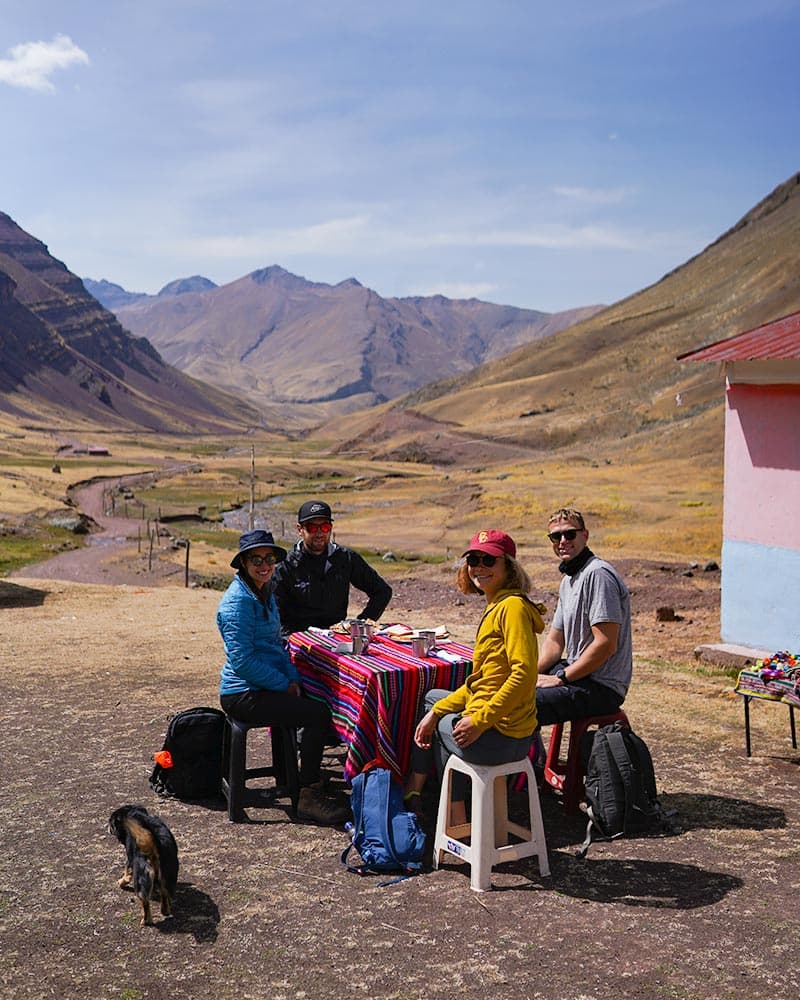
What kind of wildlife can I expect to see during the Ausangate trek?
During the Ausangate trek, you may encounter a variety of wildlife adapted to the different ecosystems of the Peruvian Andes. Some of the wildlife species you might encounter include:
- Birds: Ausangate is home to various species of Andean birds, such as the Andean condor, hummingbirds, and various birds of prey and songbirds adapted to high altitudes.
- Mammals: You can spot mammals such as vicuñas (South American camelids), alpacas, llamas, Andean foxes, vizcachas (chinchilla family rodents), and possibly the Andean puma, although it is harder to see due to its shy nature and nocturnal habits.
- Reptiles and Amphibians: Although less common to observe during the day, you may find some species adapted to high altitudes, such as lizards and frogs.
- Insects: A variety of insects typical of Andean ecosystems, including butterflies, beetles, and other invertebrates.
It’s important to remember that wildlife observation largely depends on the season, altitude, and weather conditions during the trek.
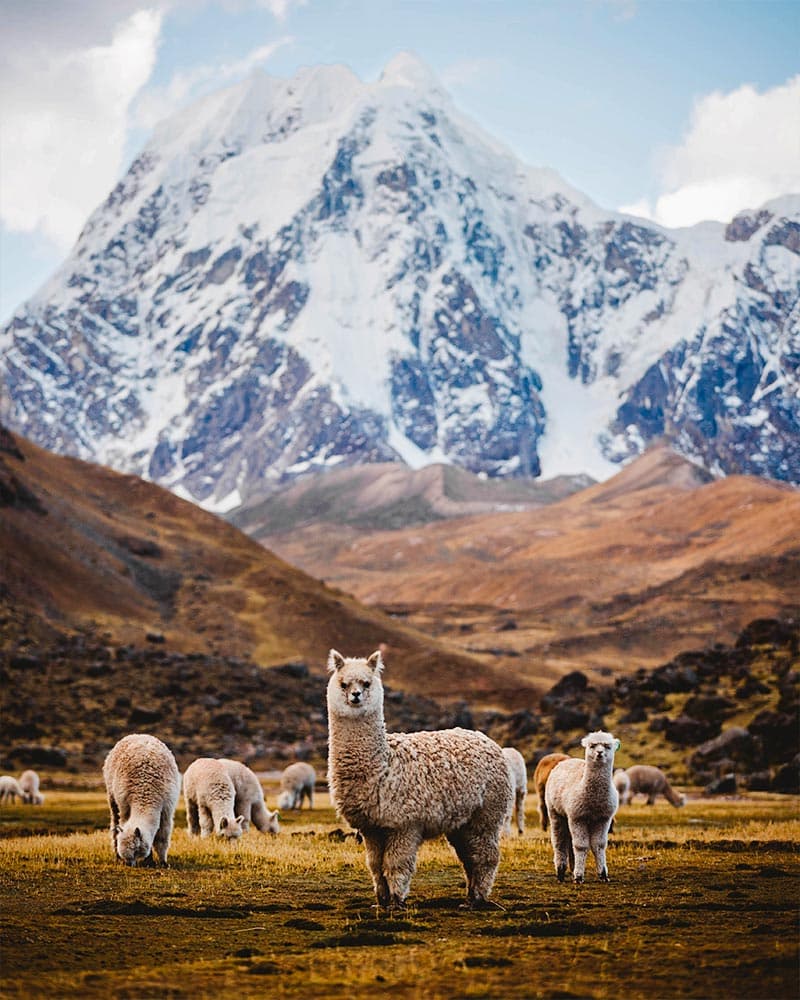
What are the recommendations for altitude acclimatization before the Ausangate trek?
Altitude acclimatization is crucial before undertaking the Ausangate trek due to the high elevations reached along the route. Try to arrive in Cusco or a similar altitude at least two days before starting the trek and remember to drink plenty of water to stay well hydrated.
Avoid alcohol and caffeine consumption, as they can interfere with acclimatization. Try to consume light, easily digestible meals rich in carbohydrates for energy. Short walks and stairs allow your body to adjust to the altitude change.
Can other tours or activities be done near Ausangate after the trek?
After completing the Ausangate trek, there are several interesting options to explore and additional activities to enjoy in the surroundings. These additional activities will allow you to make the most of your time by adding variety and new experiences to your adventure in the Peruvian Andes.
- Visit to Humantay Lake: This stunning turquoise lake is located near the start of the Salkantay trek. It’s a perfect place to visit and relax after the Ausangate trek.
- Visit to Rainbow Mountain (Vinicunca): Located in the same region as Ausangate, this mountain offers a short but challenging hike to admire its stunning natural colors.
- Pacchanta Hot Springs: Near the Pacchanta community, these natural hot springs are ideal for relaxing tired muscles after the trekking. It’s a perfect place to enjoy a relaxing bath with mountain views.
- Visit to local communities: Along the Ausangate trek, you will have the opportunity to interact with local communities living in the area. Some tours include visits to these communities to learn about their culture, traditions, and way of life.
- Birdwatching and Wildlife: The region around Ausangate is rich in wildlife and offers excellent opportunities for birdwatching and photography of local flora and fauna.
- Additional Hikes: If you still have energy after the Ausangate trek, you can explore shorter hikes in the surroundings to enjoy panoramic views and the surrounding nature.
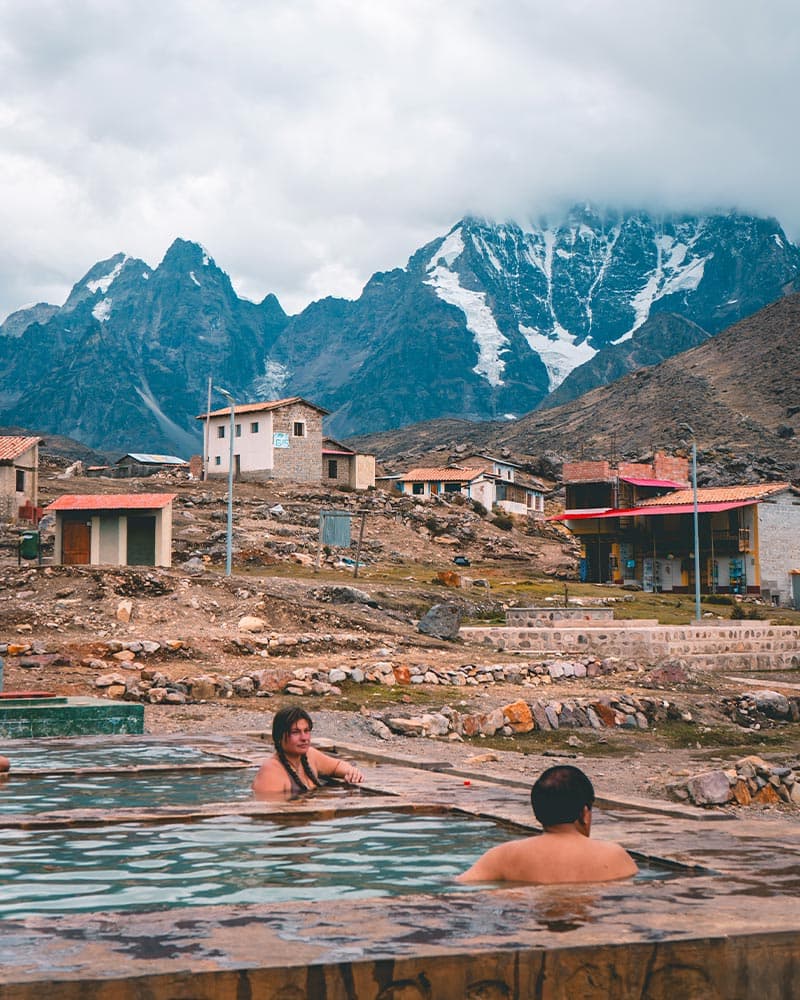
What is the difficulty of the Ausangate trek compared to other treks in the region?
Compared to other popular treks in the region, such as the Inca Trail or the Sacred Valley, Ausangate is more rigorous in terms of altitude and terrain conditions. However, it offers a unique and spectacular experience with stunning landscapes and the opportunity to explore a less traveled part of the Peruvian Andes.

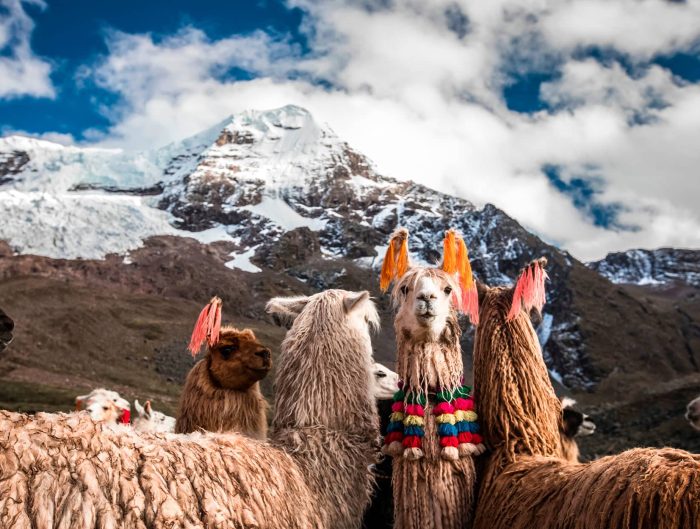
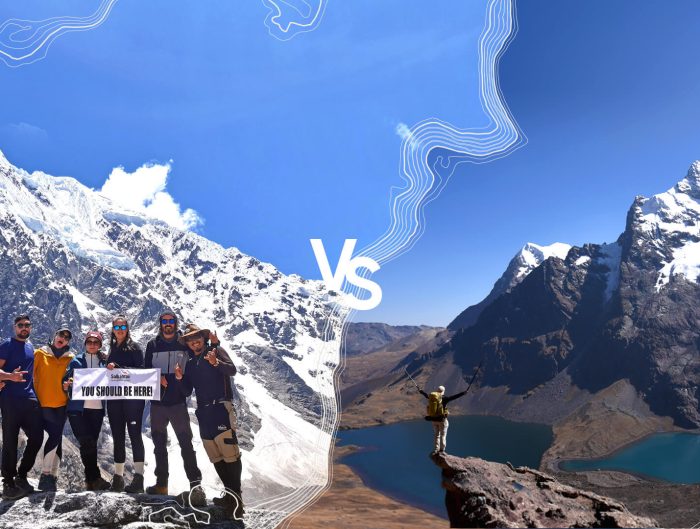

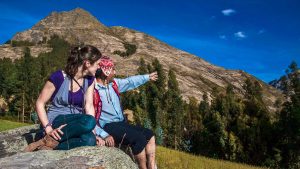
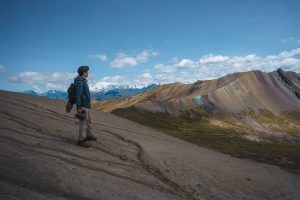
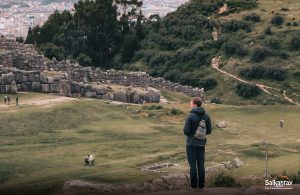
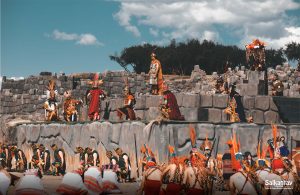


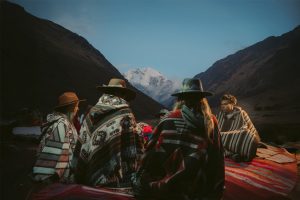
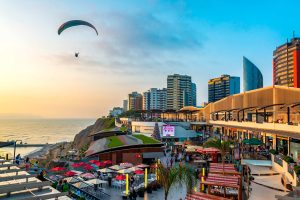

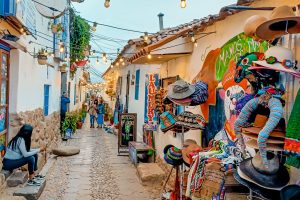
Leave A Reply